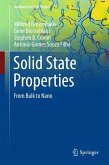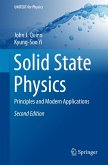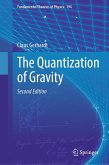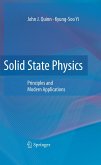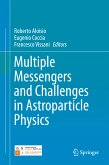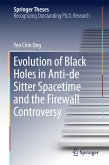This book is part of a large and growing body of work on the observation of analogue gravity effects, such as Hawking radiation, in laboratory systems.
The book is highly didactic, skillfully navigating between concepts ranging from quantum field theory on curved space-times, nonlinear fibre and the theoretical and experimental foundations in the physics of optical analogues to the Event Horizon.
It presents a comprehensive field-theoretical framework for these systems, including the kinematics governing the fields. This allows an analytical calculation of the all-important conversion of vacuum fluctuations into Hawking radiation. Based on this, emission spectra are computed, providing unique insights into the emissions from a highly dispersive system.
In an experimental part, the book develops a clear and systematic way to experimentally approach the problem and demonstrates the construction of an experimentalsetup and measurements of unprecedented sensitivity in the search for stimulation of the Hawking effect.
Dieser Download kann aus rechtlichen Gründen nur mit Rechnungsadresse in A, B, BG, CY, CZ, D, DK, EW, E, FIN, F, GR, HR, H, IRL, I, LT, L, LR, M, NL, PL, P, R, S, SLO, SK ausgeliefert werden.



